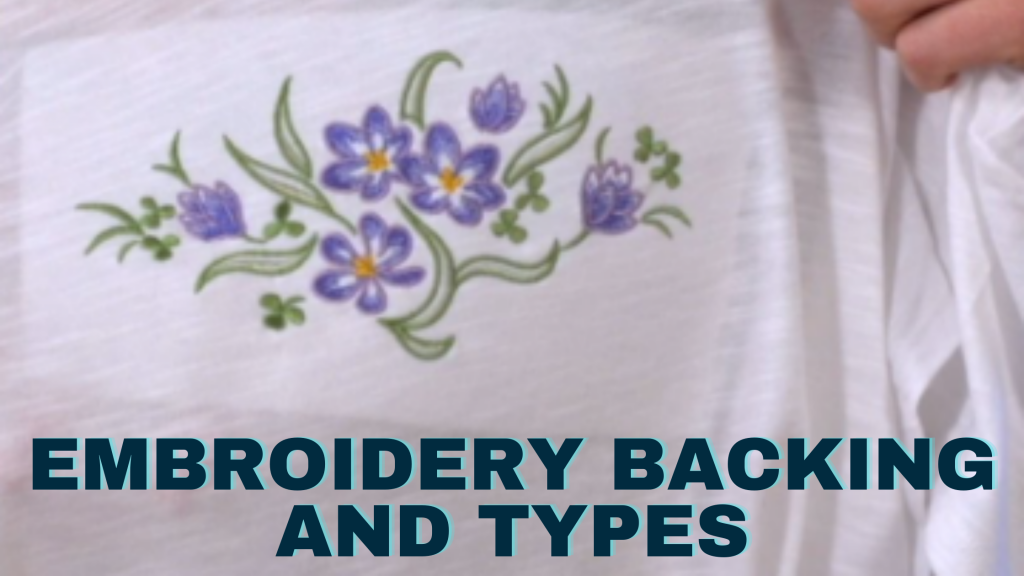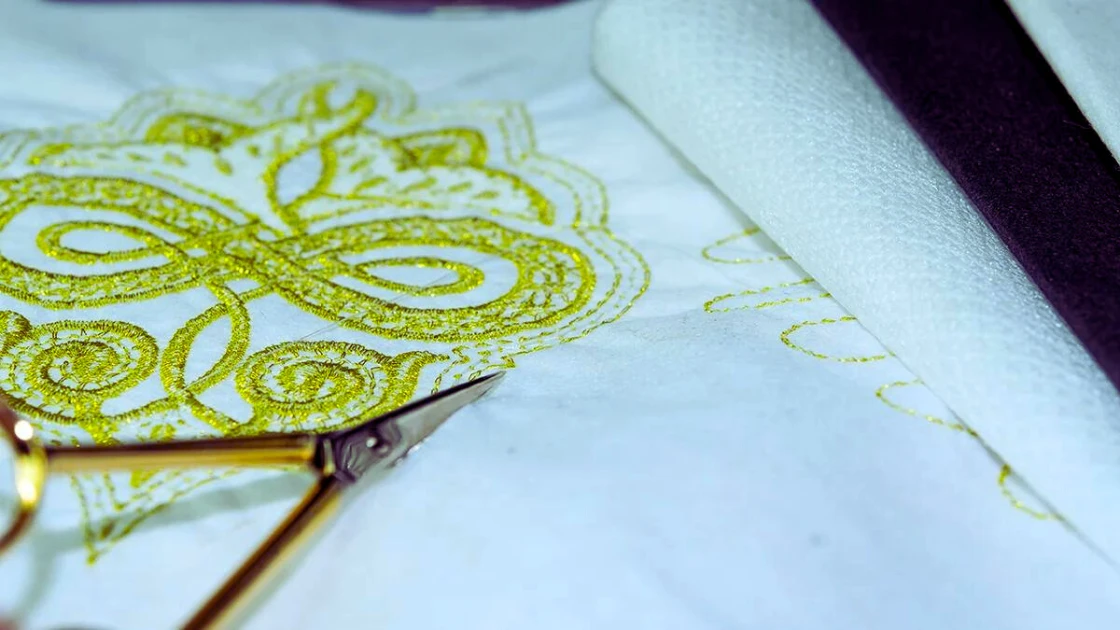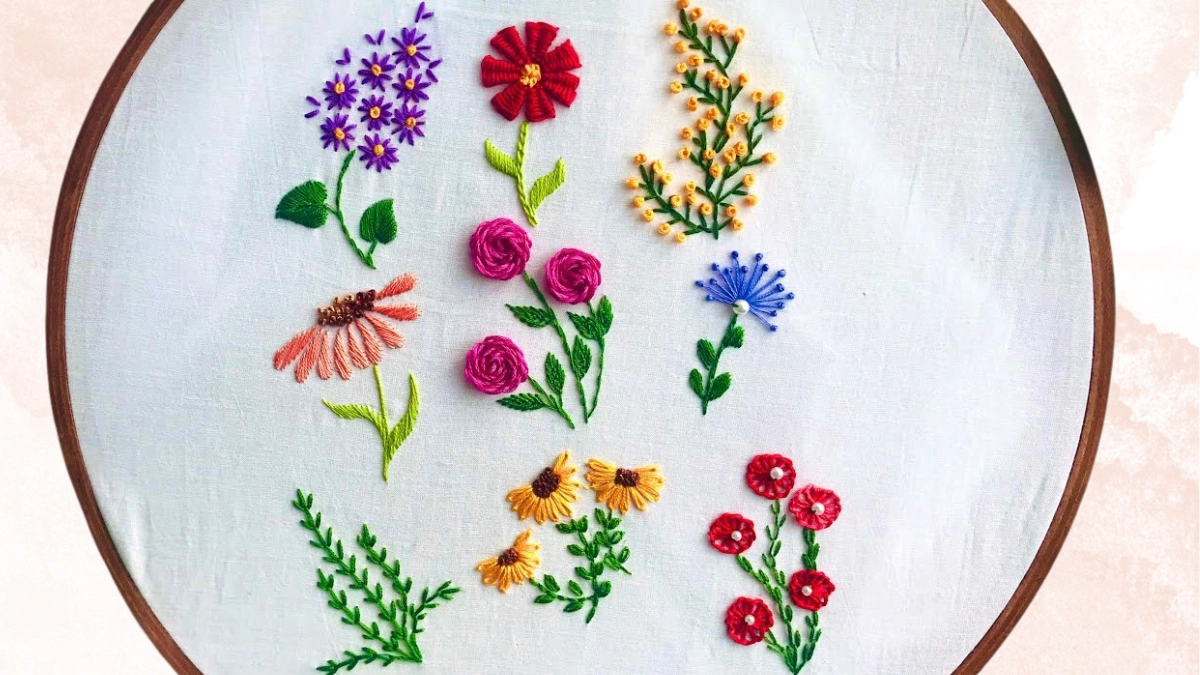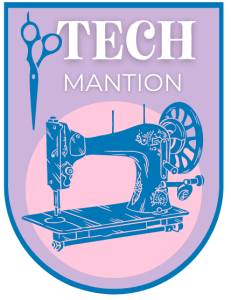Embroidery backing is like Have you ever wondered what happens to your clothes after being sent to the dry cleaner? While most of the process focuses on cleaning your clothes, one crucial step happens before they even go in the machine.

Embroidery backing is a stiff material applied to the back of fabrics to stabilize them during embroidery. This ensures that your clothes keep their shape and don’t pucker or fray when delicate stitches are added. It’s a crucial part of the process but often overlooked.
.
Table of Contents
Main Types of Embroidery Backing
You may think you know everything about embroidery, but one thing remains an enigma. Stabilizer! (or backing). The three basic types of stabilizers are tear-away and cut-away designs which can apply in different ways depending on what looks desired, while water-soluble options allow for more accessible washing procedures without having any permanent effects.
However, it’s essential not just to choose whichever comes cheapest because they will eventually wear down over time.
Check out the top-notch embroidery machine, quality machines for home business, branded machines, and don’t forget devices for beginners and custom designs.
Cutaway
If you’re looking for a backing that will give your work some extra stability, the cutaway is what’s up. This sturdy fabric allows embroidery or sewing with confidence as it provides an even surface on which to make crisp, clean stitches without worrying about the design shifting around during production.
Cut away from your fabric only when necessary, and ensure you’re cutting close enough so as not to cut any stitches! To finish this task quickly and efficiently, use gliding scissors rather than cutting ones for an even cleaner appearance.
Tear-Away
The first thing to consider when using tear-away backing is the nature of your design. Whether thin and wispy or thick, crisp pieces will need more than one direction for tearing because they’ll start sticking after some time – this can lead you into an unwanted situation where there’s too much peel away from what needs removal.
To avoid distortion, keep the tear slow and deliberate. Avoid using it on delicate fabrics or ones with stretchy backing because they will be easier to distort in your hands when tearing away of their own accord. For most people who have accidentally cut themselves before, there is no need for concern – make sure you follow these steps carefully.
Solvy Water Soluble
The right tool can help you stitch faster and more accurately. The wrong one might cause your project to fail before starting. It’s best used on top of soft fabrics with thick folds that have loose threads running throughout them, like towels.
The recommended temperature range is room-temperature water, but it will also work in a cold sink if heated up gradually before using so long as you’re careful about adding enough time for heating purposes throughout both processes.
FAQs
Conclusion
Embroidery backing is an essential part of the embroidery process. The type and quality of backing you choose can affect the look and life of your finished project. Embroidery backing is a fabric that is used to back embroidery. It stabilizes the stitches and gives the project a finished look. The backing can be made from various materials, including cotton, polyester, or even felt.









